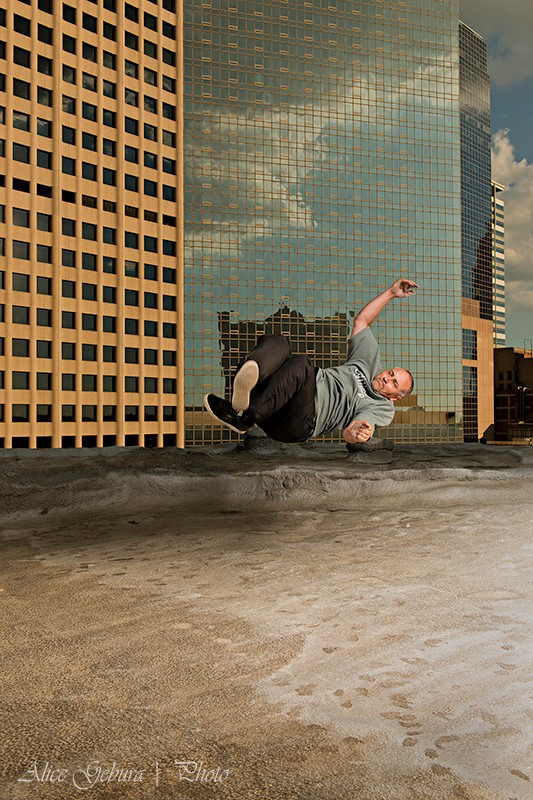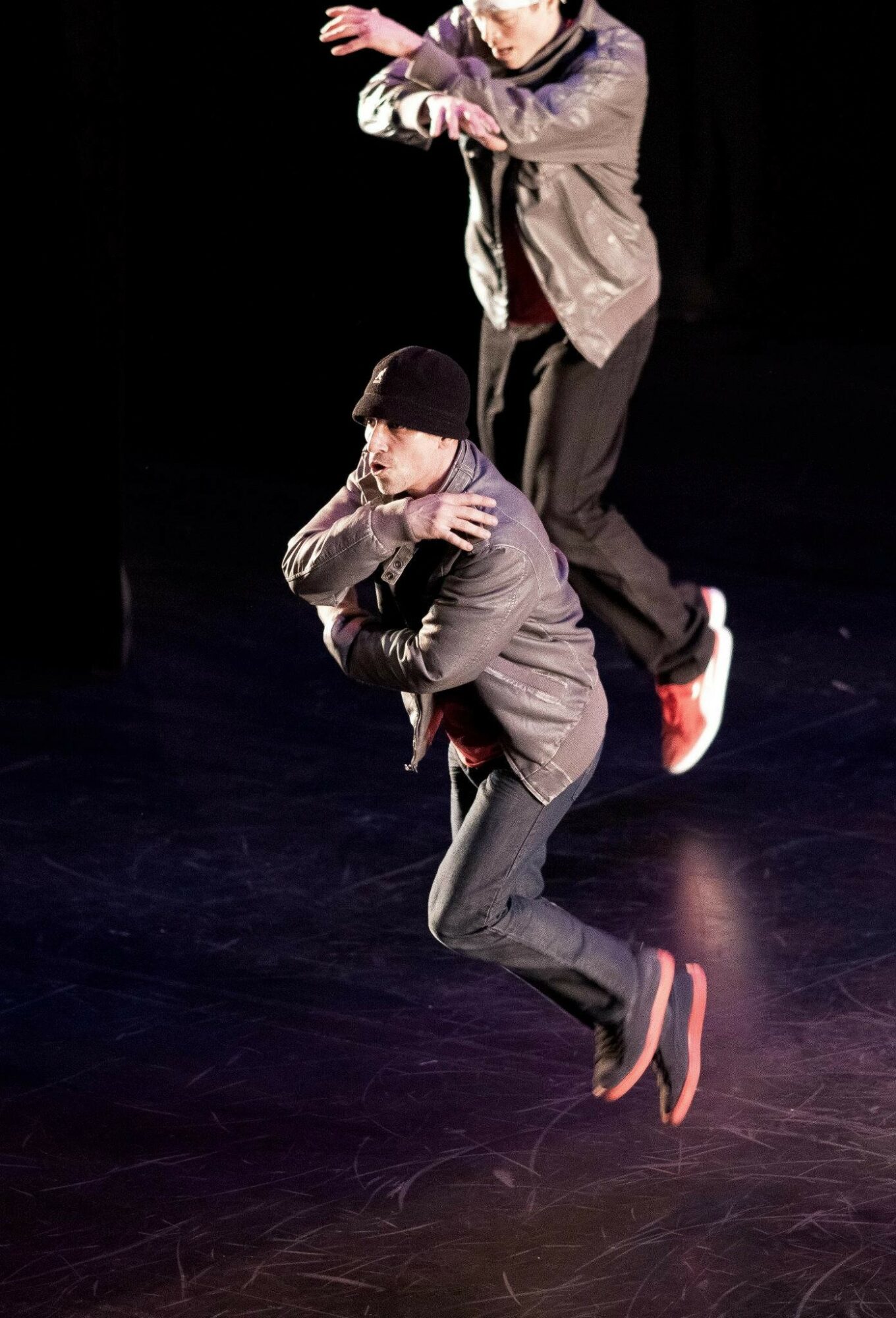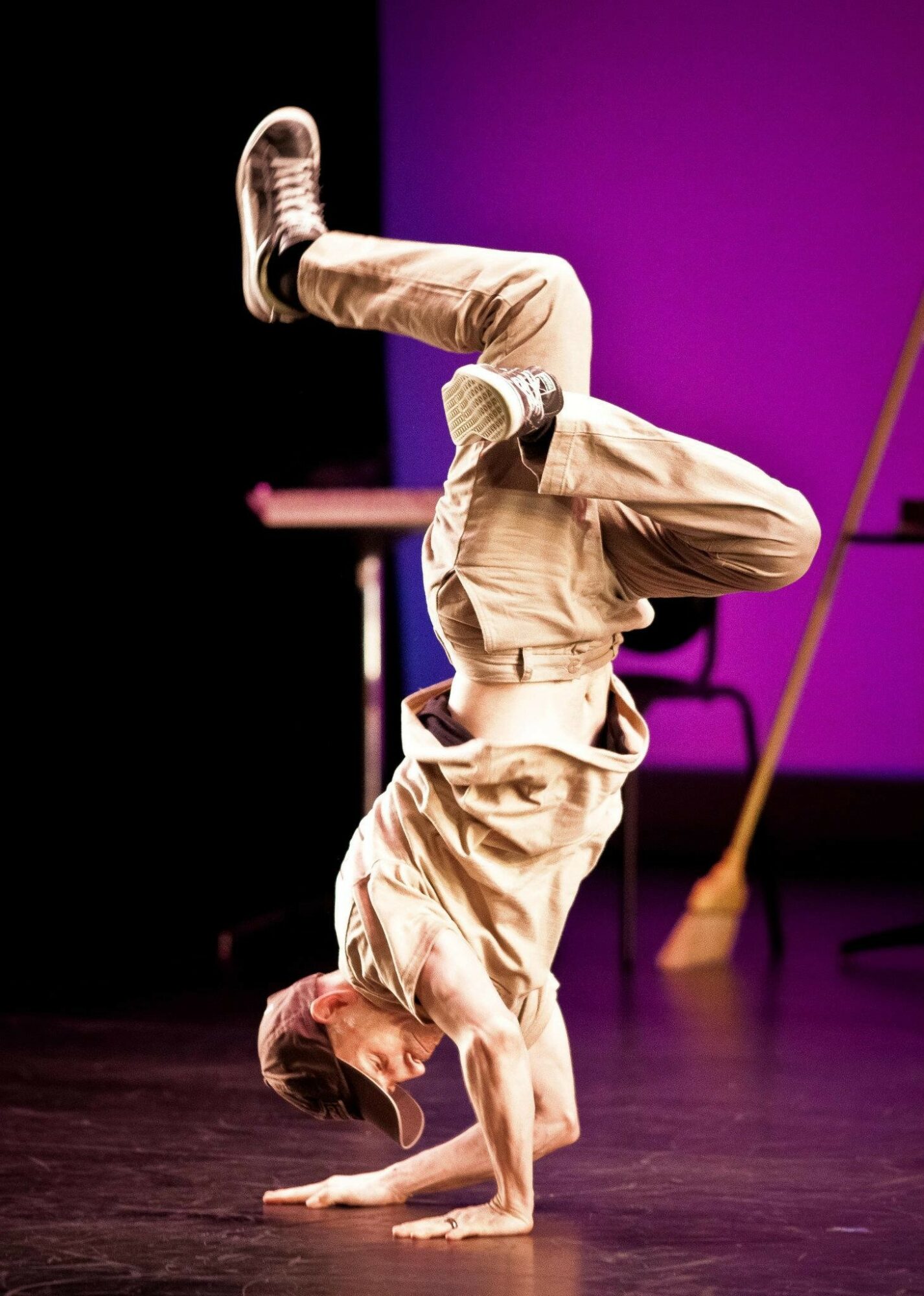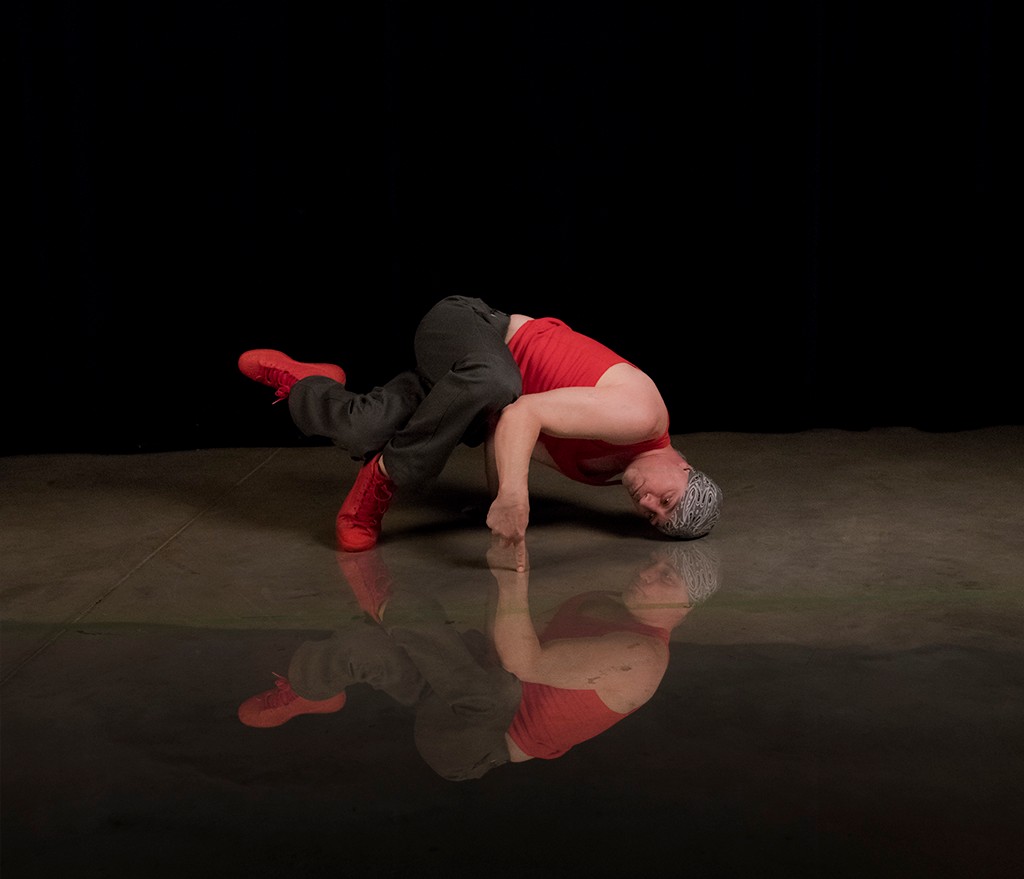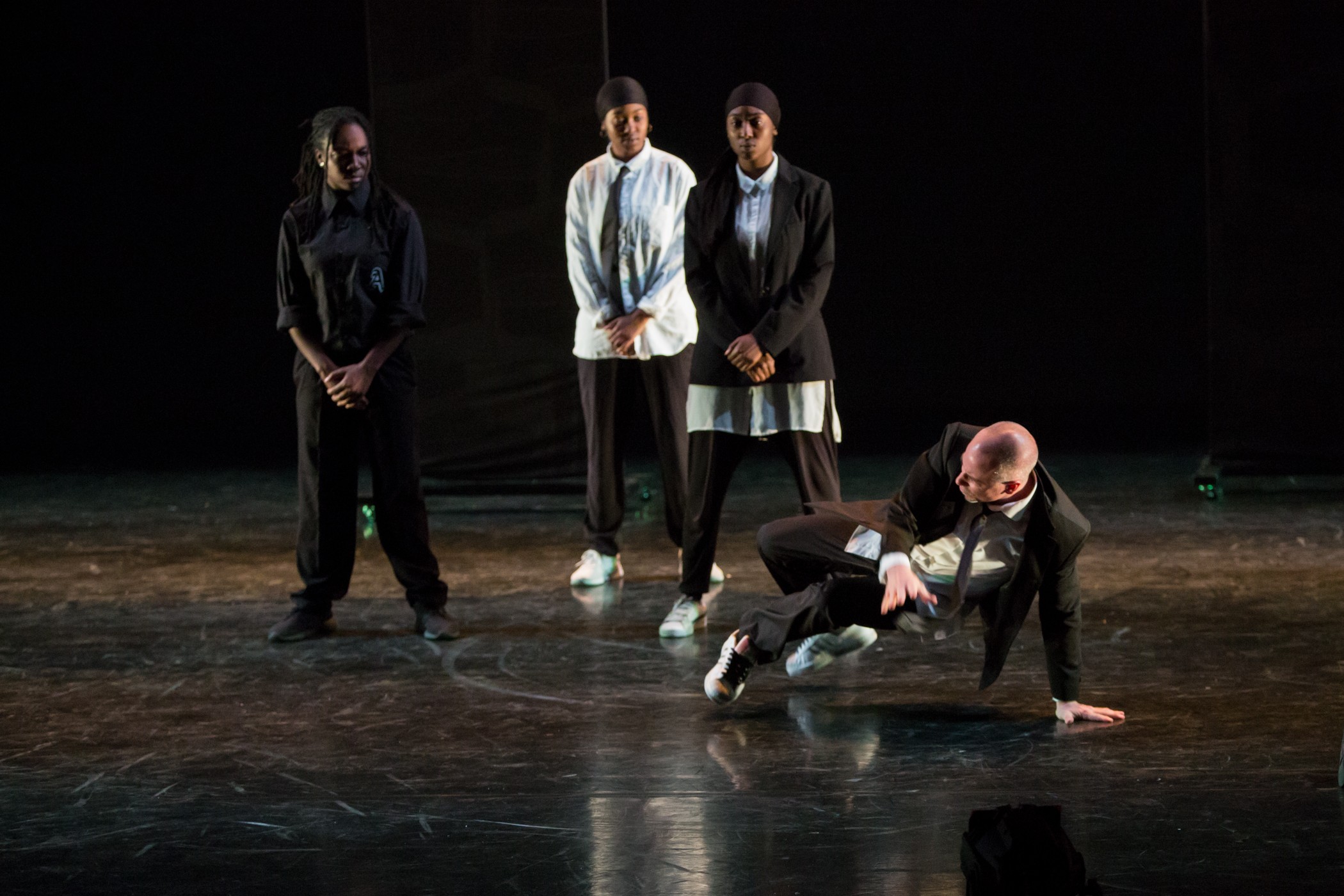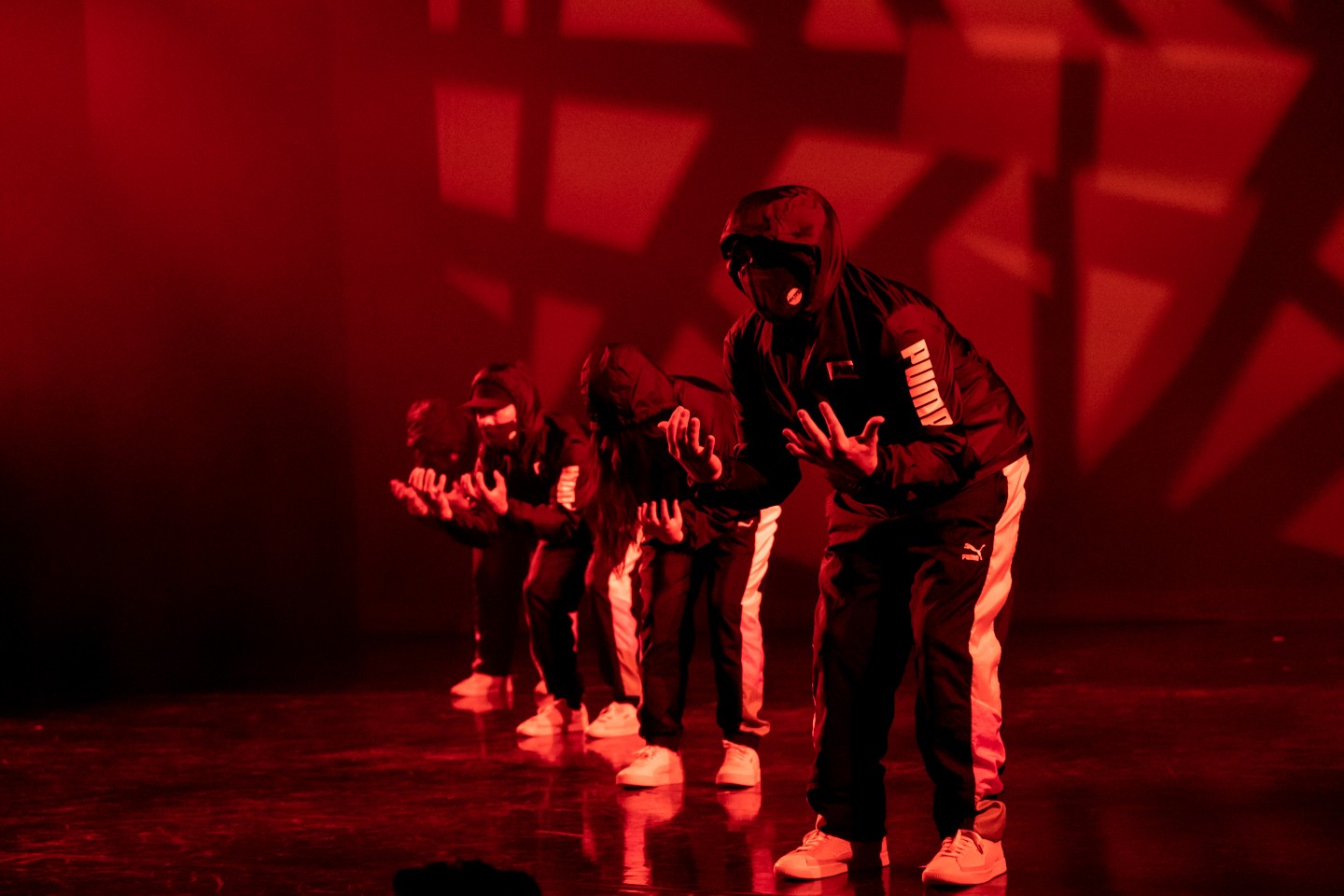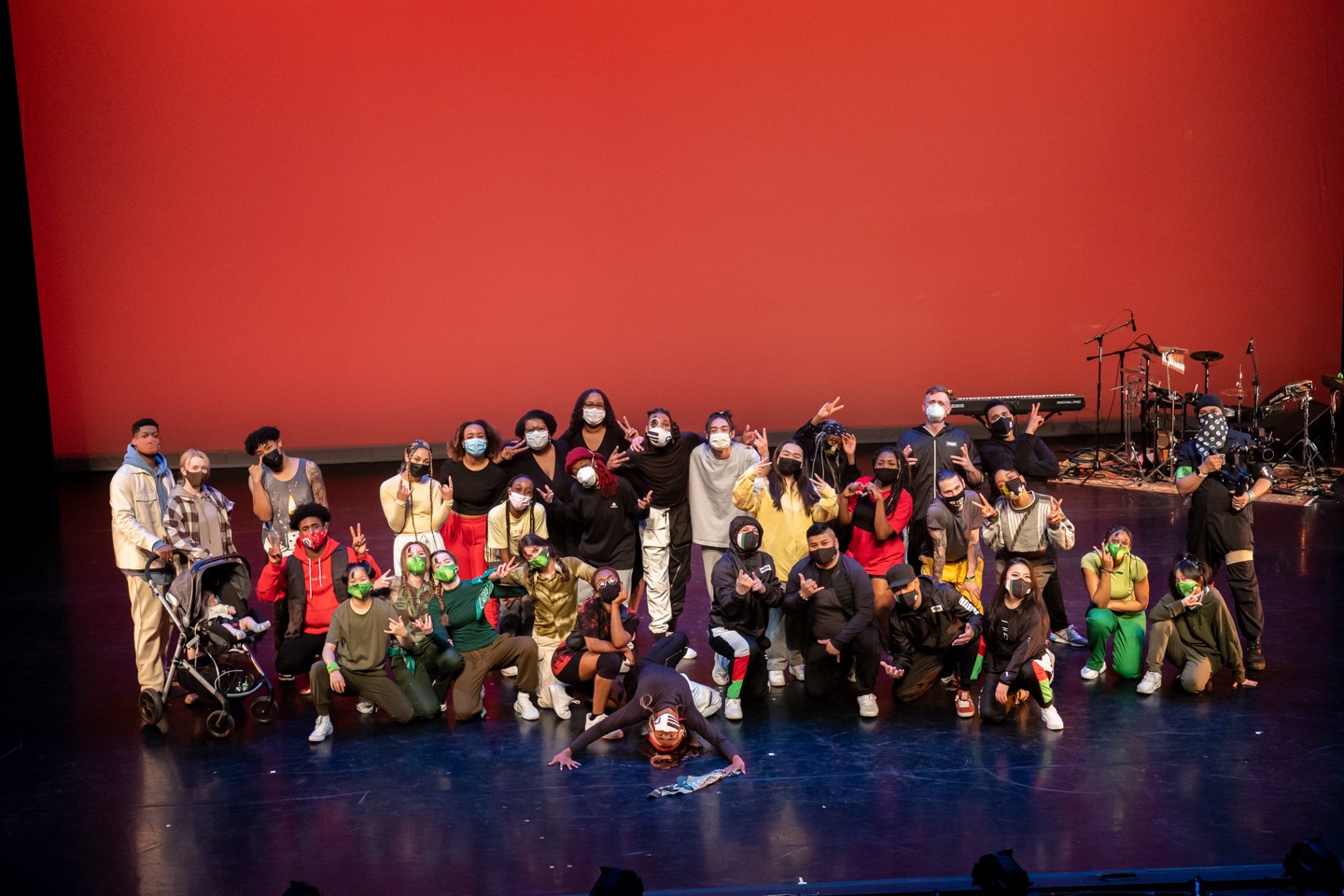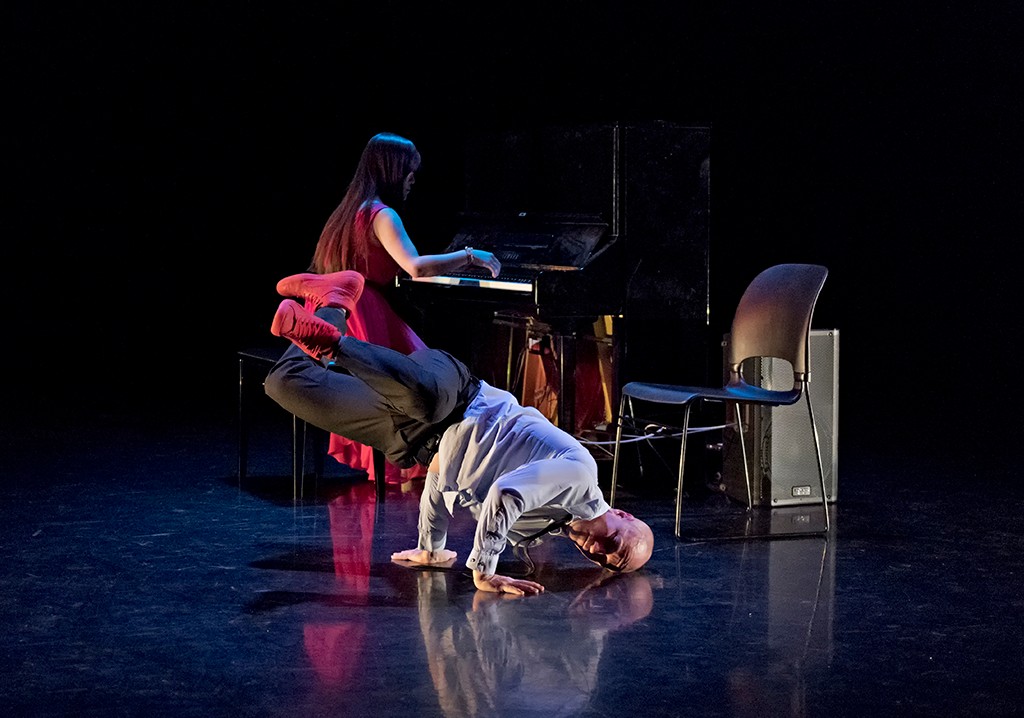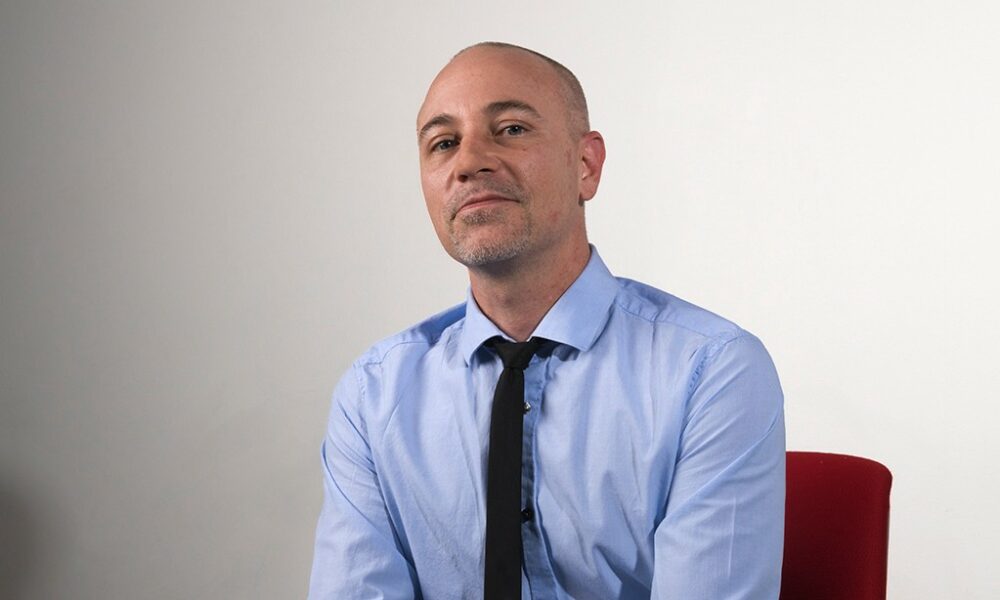

Today we’d like to introduce you to Jason Noer.
Hi Jason, can you start by introducing yourself? We’d love to learn more about how you got to where you are today?
I was born in Anoka, MN, in 1976 and moved around the country because my father was a special agent for the Federal Aviation Administration. My mother was a computer programmer during a time when women were just entering this field. I began dancing in 1989 in the Bay Area (California) with trendy styles such as the Running Man, the Roger Rabbit, and the Cabbage Patch. I found joy and belonging with my first dance crew, Rugrats, and breakdancing (breaking) became my main passion in the early 1990s. During that time, I moved back to Minnesota and joined Battlecats Breaking Crew and then out to Southern California and joined West Coast Rockers.
While in SoCal, I discovered a love for choreography while attending Orange Coast College and received a scholarship for my first dance piece, In Vitro (1999). I knew many more artistic opportunities were available in Minnesota and returned to my home state to pursue my newly found love for dance-making. I was intrigued by the possibilities that breaking presented on the stage, while being grounded in the rich history of Twin Cities Hip Hop culture, and pushing the boundaries of the dance form.
Receiving the New Works: Momentum Grant (2004) spurred me to pursue choreography for several years, and, in 2011, I created a Hip Hop dance theatre trilogy – Hip Hop? (2011), Hip Hop! (2012), Hip Hop. (2013). This trilogy was the first evening-length Hip Hop dance theatre production in Minnesota. Alongside The Cowles Center for Dance and the Performing Arts, I co-established The Groundbreaker Battle, an annual breaking competition held outside in a large open parking lot in downtown Minneapolis (2008-2016). I received the Sage Award for Outstanding Performance for this wildly popular and free event that brought together the breaking and downtown communities.
I am the artistic director of MIXTAPE, an experimental Hip Hop/Street dance theatre collective established in 2017. We are creating our sixth annual performance and have applied for non-profit status. Many people have contributed to the growth of this dance company: Stefon “Bionik” Taylor (musical director), Herbert Johnson III (co-founder), V. Paul Virtucio (visual director), Mike Grogan (lighting designer), Grace Davies (attorney) Ozzy Dris (choreographer), Al Taw’am (choreographers), Magnolia Yao Sia Yang (choreographer), Darrius Strong (choreographer), Herbert Johnson III (choreographer), Joelle Fernandez (choreographer), Frankie Hebres (choreographer), Andy Mor (choreographer), Averie Mitchell-Brown (choreographer), Desaré Cox (choreographer), Tattiana Duffy (choreographer) and Selly Talley (choreographer), Cheng Xiong (choreographer), Maya Ntim (composer mentee) and all of the dancers in the cast. A very special thank you goes to my partner, co-conspirator, composer, and musician Dr. Yan Pang who pushed me to establish MIXTAPE as a non-profit organization. I am honored to work with so many talented people and be a part of such powerful production.
I taught some of the first breaking classes in Minnesota at Zenon Dance Company and Ballare Teatro allowed me to structure a Hip Hop dance program. Kenna Cottman (Voice of Culture) taught the Hip Hop Movement course for several years at the University of Minnesota. I was fortunate to begin teaching the course after her and co-established the Urban and Street Dance track (2017) with Carl Flink (Dance Chair) and Herbert Johnson III.
I also designed my B.A. degree at the University of Minnesota (UMN) titled “The B-Boy Movement within Hip Hop Culture” and my Masters of Liberal Studies titled “Music, Moves, and Mindsets: A Practitioner’s Guide to Applying Hip Hop Pedagogy in the Classroom.” I am in the Ph.D. program in the Department of Theatre Arts and Dance and writing my dissertation about the ways that cisgender Hmong breakers and queer Black femme Hip Hop dancers relate to the Twin Cities Hip Hop dance scene and each other.
We all face challenges, but looking back, would you describe it as a relatively smooth road?
Being a breaker means competition (battling) is central to the experience. I believe that having dance communities built around battling creates leaders. My personal challenges of becoming part of such communities were learning how to belong and support others. I have been fortunate that my communities in Northern and Southern California, and Minnesota cared enough to correct me when I was out of line or did not know important information. My Black elders in the Minnesota Hip Hop scene during the early to mid-1990s taught me the foundations, history, and perspective that I still rely on. These elders are members of rap groups The Native Ones, Abstract Pack, Phull Sirkle, Beyond, and Spawn.
However, I’m not sure I would categorize my navigation as a struggle. My biggest obstacle was becoming an alcoholic after my divorce in 2014 and trying to drink myself to death. My self-medication led to some truly harrowing experiences that ended when Maia Maiden aka Rah Fyah, Herbert Johnson III aka Jus Herb, and Lakisha Hollmon-Griffin (leaders in the Twin Cities Hip Hop dance community) took me aside and said no more. I realized I could lose everything, so I began the long road to recovery through therapy.
Three months after I got sober, dance professor Dr. Cindy Garcia met with me and said I should apply to the Ph.D. program in the Department of Theatre Arts and Dance at the University of Minnesota. I took it as a sign and have never looked back. I have been sober for seven years and have thriving artistic and academic careers. I still struggle daily with my addiction but know that nothing feels like being able to think clearly, dance with intention, and live with an open heart.
Can you tell our readers more about what you do and what you think sets you apart from others?
My artistic career is part of everything I do – here are some things I am proud of and what sets me apart.
I practice several Hip Hop/Street dance forms – breaking, rocking, house, New Jack Swing, and a mixture of these styles. I was first known for battling, then teaching, then choreography. My dance style might be called rhythmic explorations of abstract movement based on Hip Hop/Street dance forms. I focus on changing traditional steps to unexpected techniques and then showing this process in my choreography. My movement allows me to theorize the political meanings of dance from a breaker’s perspective, which I learned from Dr. Ananya Chatterjea. I use my theories in my academic work and have published one book, co-authored two books, and two articles (Fall 2023). Subjects of my choreographic work have included gender disparities, the commercialization of Hip Hop, water pollution, perspective changes, and the loss of my mother.
I think what I am most proud of is creating an art organization that has my values as an individual writ large. I want to give back to my community, and I am honored to provide a platform to amplify the voices of dance artists.
When MIXTAPE was founded in 2017, we had a shoestring budget and split the box office with the Cowles Center. The pandemic pushed me to try writing grants to get the cast paid and I raised over $100k from grants, commissions, and financial sponsorships for the last two MIXTAPE (2021 & 2022) performances. I just finished the exhaustive process to make MIXTAPE a non-profit organization with the help of our company attorney, Grace Davies.
MIXTAPE is an art organization focused on dance theater and professionalizing the Twin Cities Hip Hop dance community without gatekeeping resources. We formed as a response to this dance genre’s lack of professional performance opportunities with equitable compensation. Thus, we aim to offer equitable pay to this community and access to our collaborators. In addition, MIXTAPE choreographers, lighting designers, videographers, and composers offer a paid mentorship program for people in our community. Finally, we seek to create a network of Hip Hop artists dedicated to a high level of craftsmanship in the Twin Cities.
We believe that dance manifests historical and societal pressures–dance looks the way it does according to the times. Choreography offers particular ways to navigate the issues of the present moment. MIXTAPE music composers seek to combine these disciplines into one expression that has a life in the score and on the stage. Our mission is to push the boundaries of Hip Hop dance theater through an intensive process of collaboration and mentorship. We are concerned with creating performances that encourage the audiences to be fully present with us, honoring vulnerability as a strength, and resisting a political landscape that tries to keep us apart. Our collaborative approach encourages clear and continuous communication between artists to produce works that have undergone rigorous editing. As a result, all the artistic voices involved have equal weight and presence in the process.
Representation on stage is only one part of inclusivity as it is also a structural component of MIXTA on PE. We embrace this idea by making our collaborative process and business management transparent and open to critique by all members. We seek to set a standard in the Twin Cities dance industry with how each participant is treated with dignity and respect.
The crisis has affected us all in different ways. How has it affected you and any important lessons or epiphanies you can share with us?
The pandemic pushed me to apply for grants for the MIXTAPE VI: Now Streaming (Feb. 2021) cast, and surprisingly, I got them. Then, we had to figure out how to make a virtual performance that was not just dancing on a screen. Due to the genius of our visual director, V. Paul Virtucio, we created a livestream experience with moments that blurred the line between recorded and live segments.
MIXTAPE 5G (May 2022) was the next technological step in our hybrid (live and virtual) performance. Our visual director was a character in the show that was on stage at all times, filming from his perspective. He then projected his view on a screen and to the livestream, giving a more intimate feeling to the performance.
What I learned from the pandemic was that limitations (not being able to be in the same room with people, show cancellations, etc.) are opportunities for creativity. I also learned how people with compromised immune systems navigated the world and developed a special empathy for them. One person’s actions can impact many others, and we must take care of each other.
I’d like to thank the Minnesota State Arts Board, the Metropolitan Regional Arts Council, Music USA, and The Cowles Center for their financial support of MIXTAPE.
Contact Info:
- Website: mixtapedance.org
- Instagram: @mixtape_dance
- Facebook: https://www.facebook.com/mixtapemn
